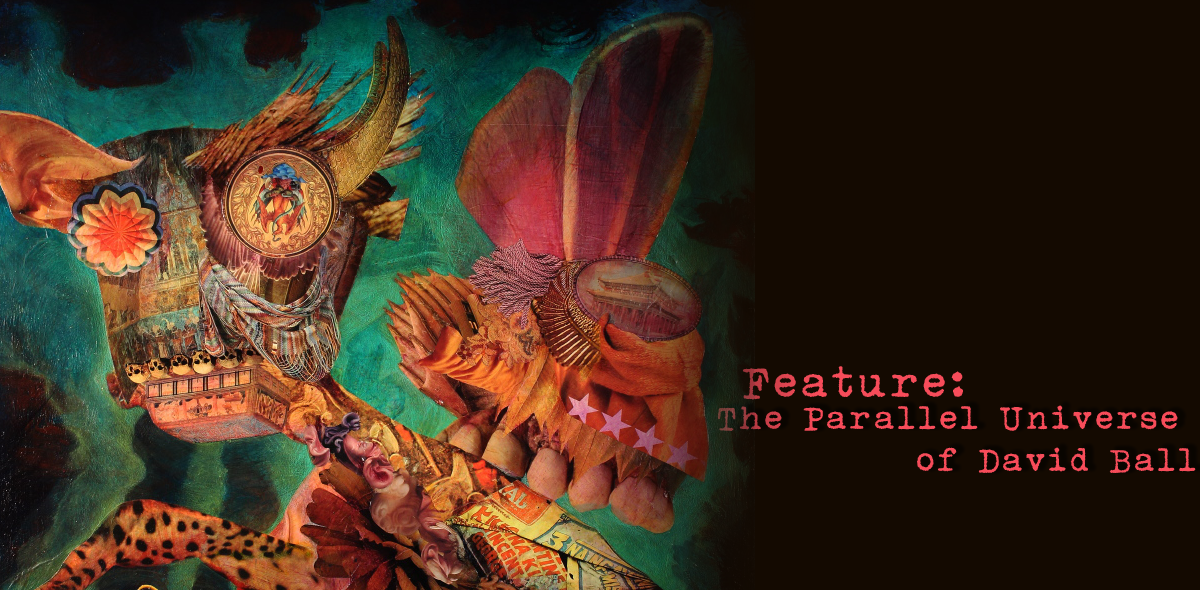
Looking at David Ball’s mixed-media paintings is analogous to staring at alien creatures that function as your reflection. They exist in a parallel universe where life is represented through cultural fragments that are made to unlock as opposed to enslave. When watched, the paper hearts of these colorful creatures feverishly swell and sputter, “friend or foe?” Trapped in an undefined narrative, they are frozen in motion, in a space and time that dances on the inside of eyelids. Ball, who teaches illustration at the Academy of Art University, uses acrylic paint, color pencils, and countless magazine clippings to create layered scenes. The process starts with random brush strokes, scribbled and swooped. When Ball spoke to The Microscopic Giant he talked about order in chaos, surrealism, art, and the two shows that he’s got lined up next year.
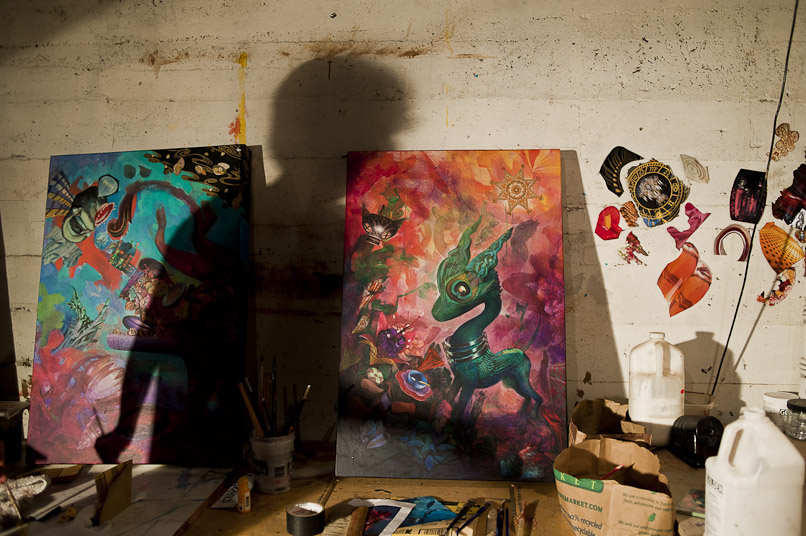
Definition of surrealism
I would consider it a working method that tries to sustain a state of freeform, unconscious emergence in its creation. I have always had a bit of trouble with this beyond the first evolutionary phase of the work. I engage in a point-counterpoint conversation with my work. I apply paint without reason but seek an imagined understanding of what that brings up for me, I try to have faith that something within my subconscious is trying to communicate. That does not necessarily mean it is deep content, but it is mine. On rare occasion, joy is the only pressing agenda. Other times, things weigh heavier on your mind.
For example, I am currently processing some emotional changes. When working, I don’t need to make plans to have this influence come up. It is what is on my mind anyways. When these thoughts cease to need attention and are emotionally purged and processed, their narrative influences dissipate and work of a different nature arises. In this way I feel that works are conscious and unconscious at the same time as, until we have an answer about what things are, we are in an ongoing state of seeking.
Sometimes collage elements provide clues. An object may be used for exactly what it is, but that can also serve as a cryptic metaphor, a play on words, or can be used for an entirely different purpose than its representational intention… but combined together these marks and images often form an organically emerging subplot that can’t be readily explained.
In the truest sense of the term, I don’t consider myself a Surrealist.I don’t maintain a long enough state without awareness/ purpose of the subject matter being created. I simply embrace some surrealistic sensibilities in the origin of the work, and when I want to disrupt something that is becoming too predictable. In this sense, brush calligraphy, expressionism, rococo, abstract expressionism, cubism, and futurism and others also hold sway.
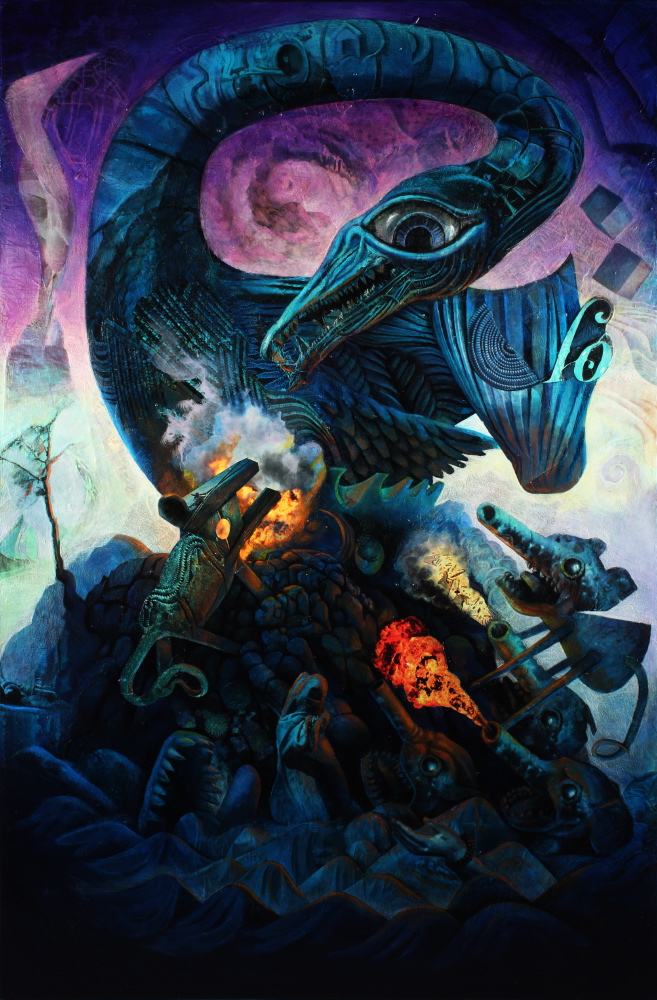
You have an extensive background in illustration. You seem to concentrate on making your work abstract, yet you have a tendency to put your images in a storytelling context. In what ways has your process changed?
I was an illustrator at first because I was narratively inclined and thought I was supposed to pick a “job”. Now I know better. Although I play with the abstract construction of the work, I find it very hard to not come back to narrative, not a story so much, but a sense of a moment. My snobby fine art sensibilities resist overt narrative but I want to believe in the character. Influentially, I mainly grew up on narrative work: TV, Honore Daumier, Hieronymus Bosch, Francisco Goya, Norman Rockwell, Dr. Seuss, and Maurice Sendak, and weekly exposure to the stained glass stations of the cross…
Regarding my shift towards fine art from illustration: I do not like expressing other people’s messages and grew bored with planning out ideas. It lacked the give and take of my fine art process and reduced them to something conceptually one-dimensional. I feel that by approaching a work from different problem-solving sensibilities, the overall image remains alive longer. Developing images in a mixed-media sense gives me the comfort and room to change up priorities as needed and keep the process fresh. I do not feel that work needs narrative to have worth. I do however feel that I am naturally inclined towards emotional communication so I inevitably end up expressing something.
I think that, if anything has changed, I have accepted that the work will be what it will be.
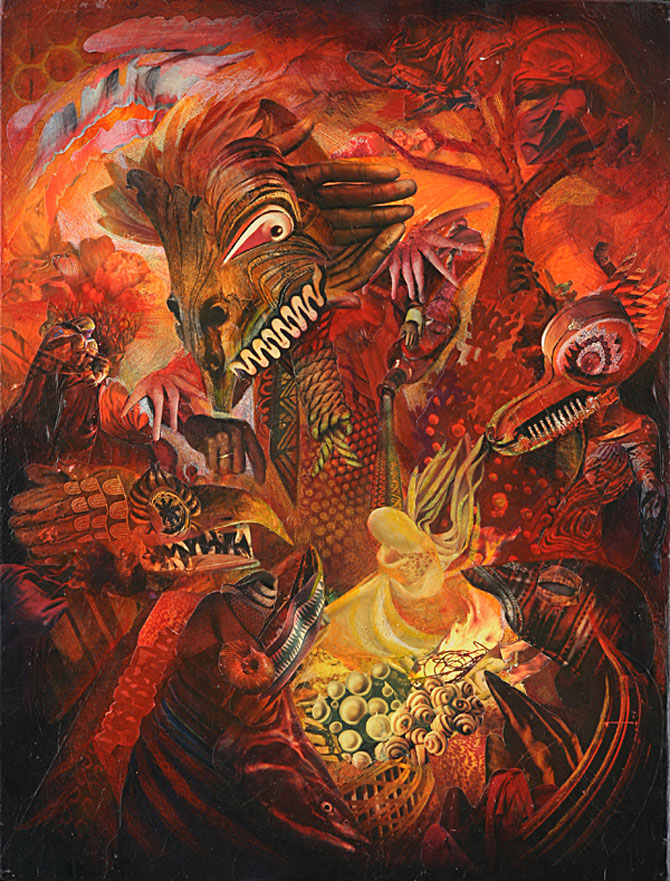
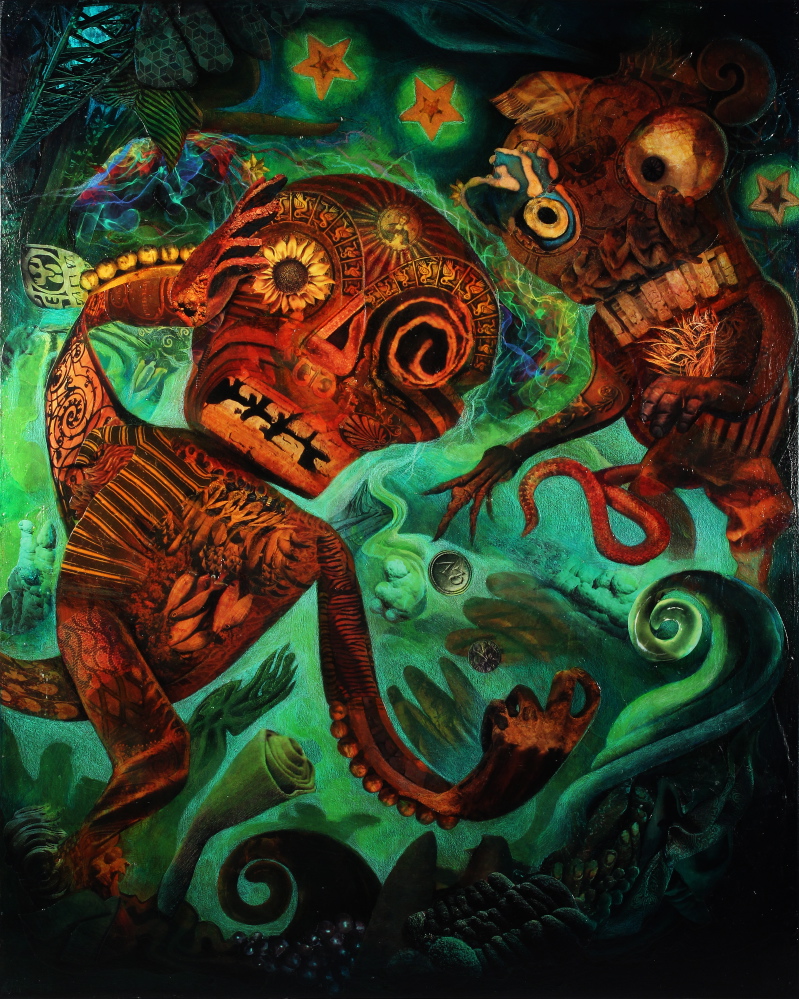
Is there order in chaos?
I believe that a sense of order can come from the acceptance of chaos. The only thing that we can believe in is that existence will play out the way it will. There is balance in that. I also believe that what we call chaos is simply a limited understanding of the complexities of the workings of existence. Without understanding, everything is chaos.
Do you believe that you exist?
Yes, and I believe that, whether or not my actions are written out in my biological script, if I don’t sustain the mechanism that I occupy, I will cease to exist in this form sooner than I may wish. As this vessel and its drives are all that I know, I choose to believe that while all things may be similar, each is fundamentally unique in its own perspective as a contributor to the whole. I believe that we are all threads of a larger fabric. I believe this idea of connection goes deeper to whatever common origin all creation shares.
You’ve been living in the Tenderloin[San Francisco, CA] for quite some time. Can you tell us any stories about what you’ve seen in your neighborhood?
The neighborhood has its plus side: Lots of good restaurants and some okay bars. It is also affordable if you have rent control. On the downside: a fair amount of street hustlers, vagrants and in an apartment on my floor, a steady heroin trade.
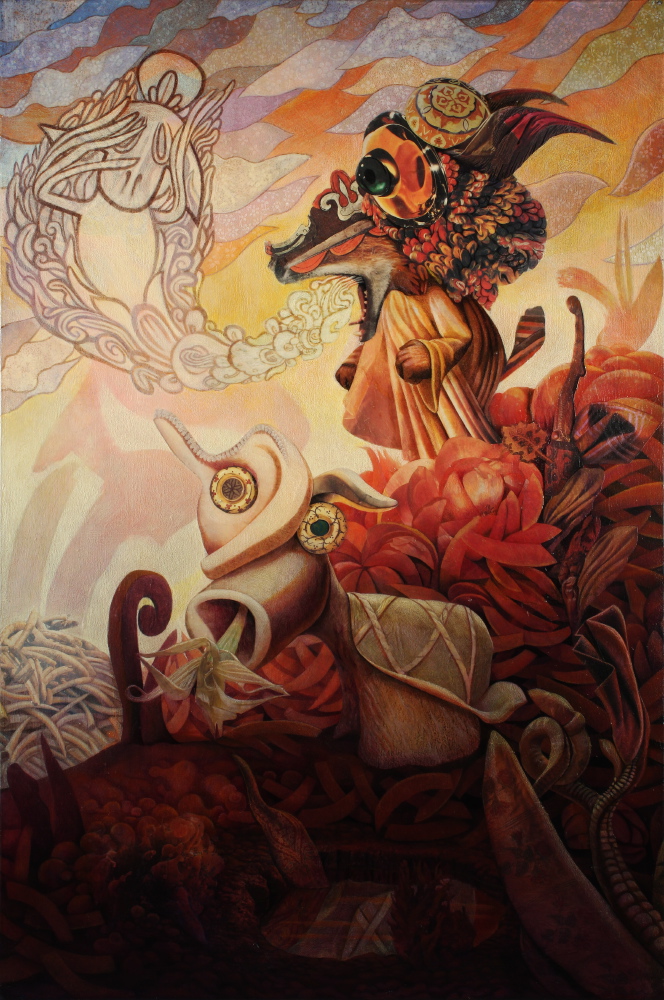
Can you think of any specific dream or memory that has affected your life?
Getting taken away from my family at eight and admitted to the hospital for Guillain–Barré syndrome (undiagnosed by the doctors at the time) and getting a spinal tap as soon as I got through the door. This lower body paralysis lasted about four to six months and they fiddled with me a lot because they did not know what it was at the time. I was roommates with two fully paralyzed kids. I got out, they didn’t. The experience was very sobering. When I got out, I started running.
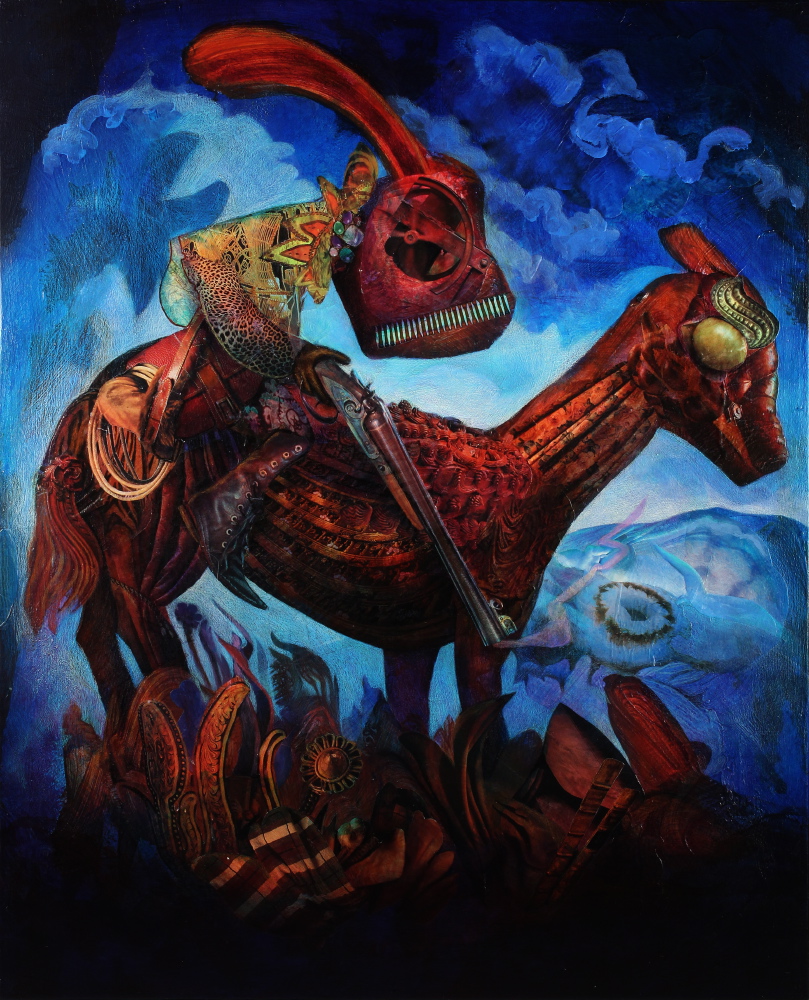
What’s the biggest cultural shift you see compared to when you were a teenager?
I can not objectively say. I don’t know how much about what I perceive of the past is accurate vs. affected by nostalgia, youthful perceptions of rebellion, etc. They are younger and I don’t know or doubt their potential.
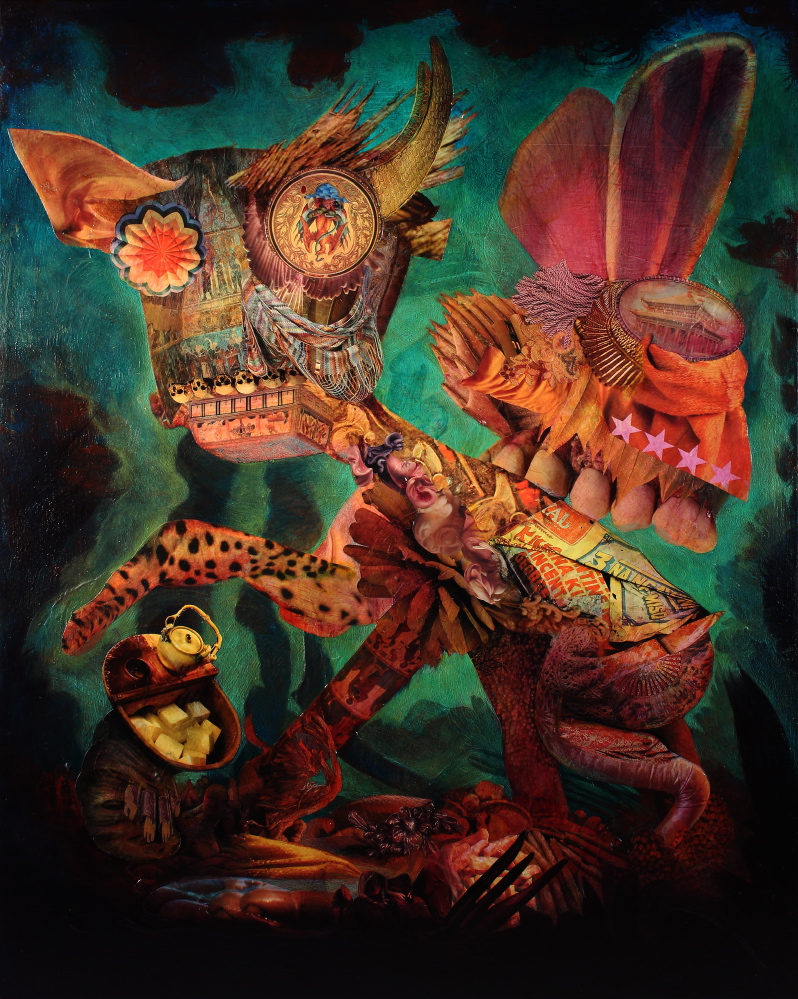
What are you working on now?
I currently have 13 new pieces underway for shows in Austin, TX and Los Angeles, CA at Gray Duck and Cella Galleries. This summer, I will be in a two-person show at Old Crow in Oakland.
Since this article was first published in late 2013, I recently talked to Ball and asked him what he’s been to. “More art. Productivity goes in waves. Classes end in a couple weeks so I am looking forward to being able to double up my time on my work,” he said. Below are some of his latest paintings, including their beginning stages from his “Amor fati” series. All photos are courtesy of Ball, directly from his studio.
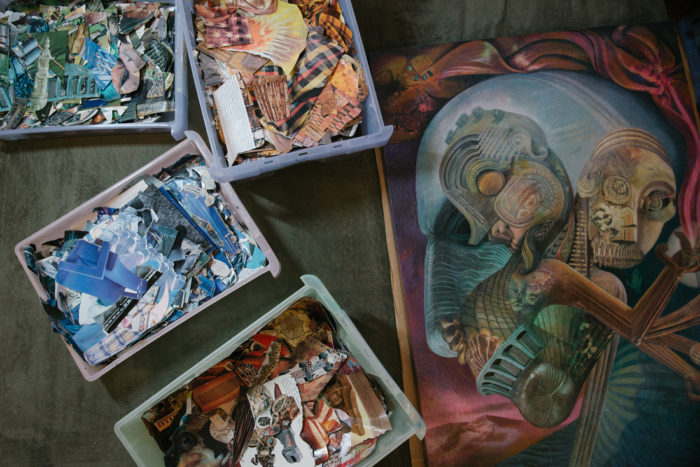

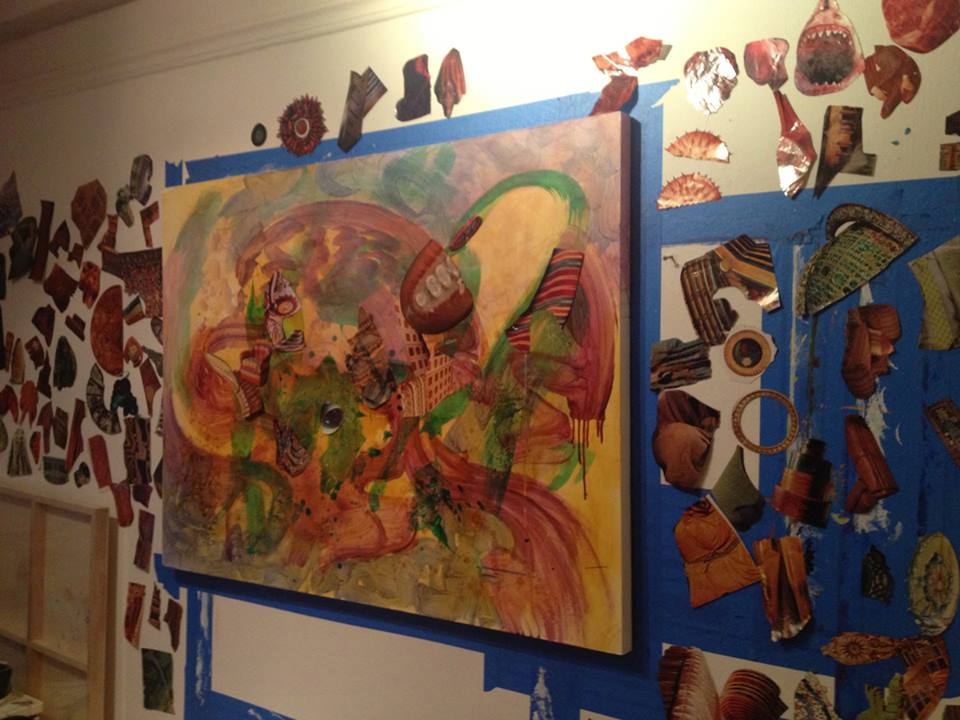
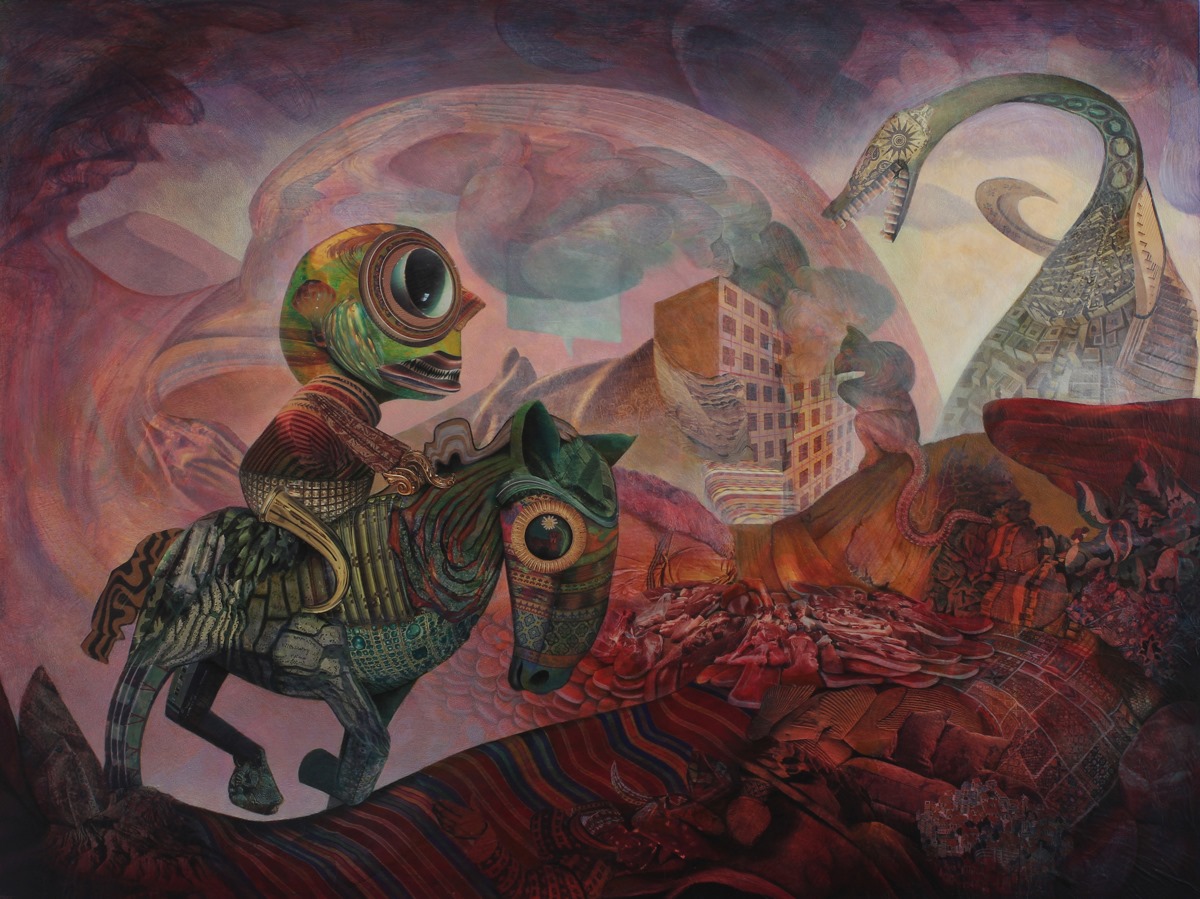
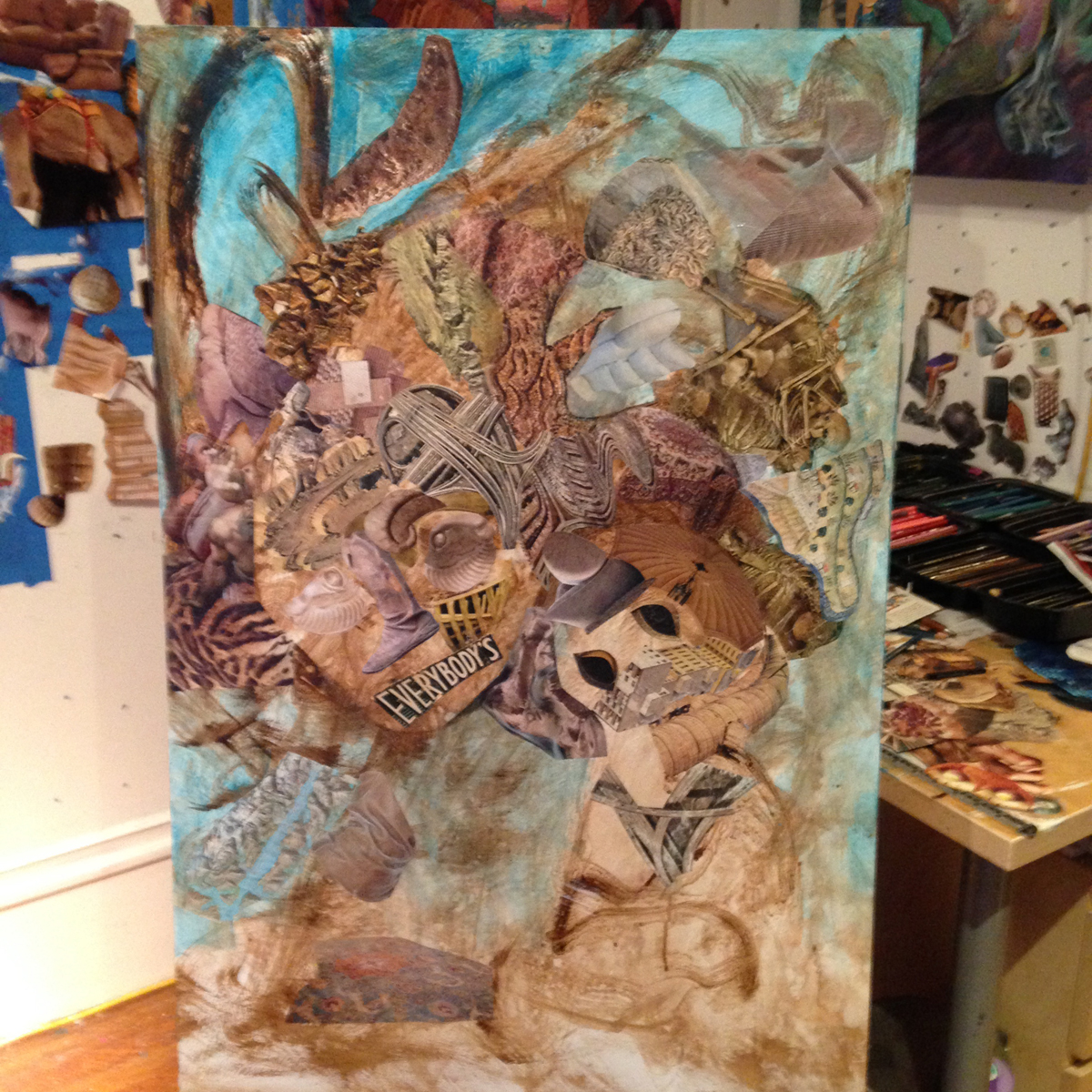
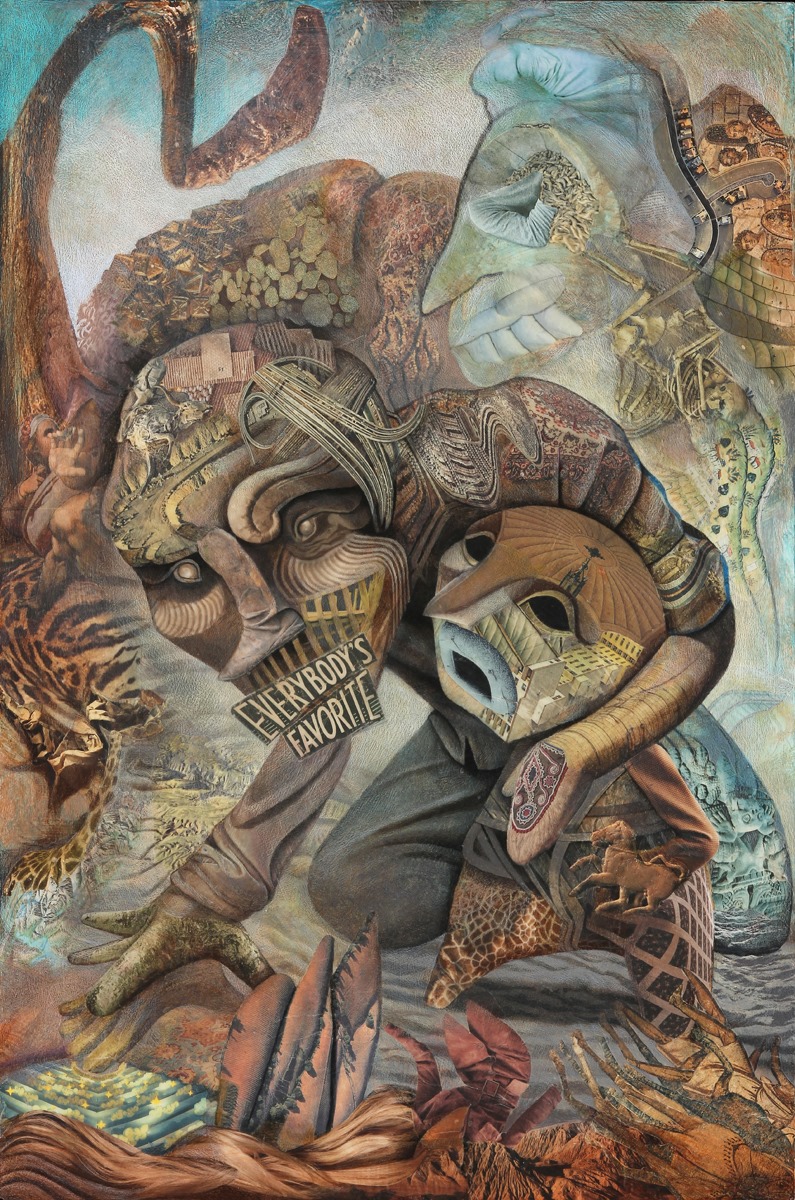
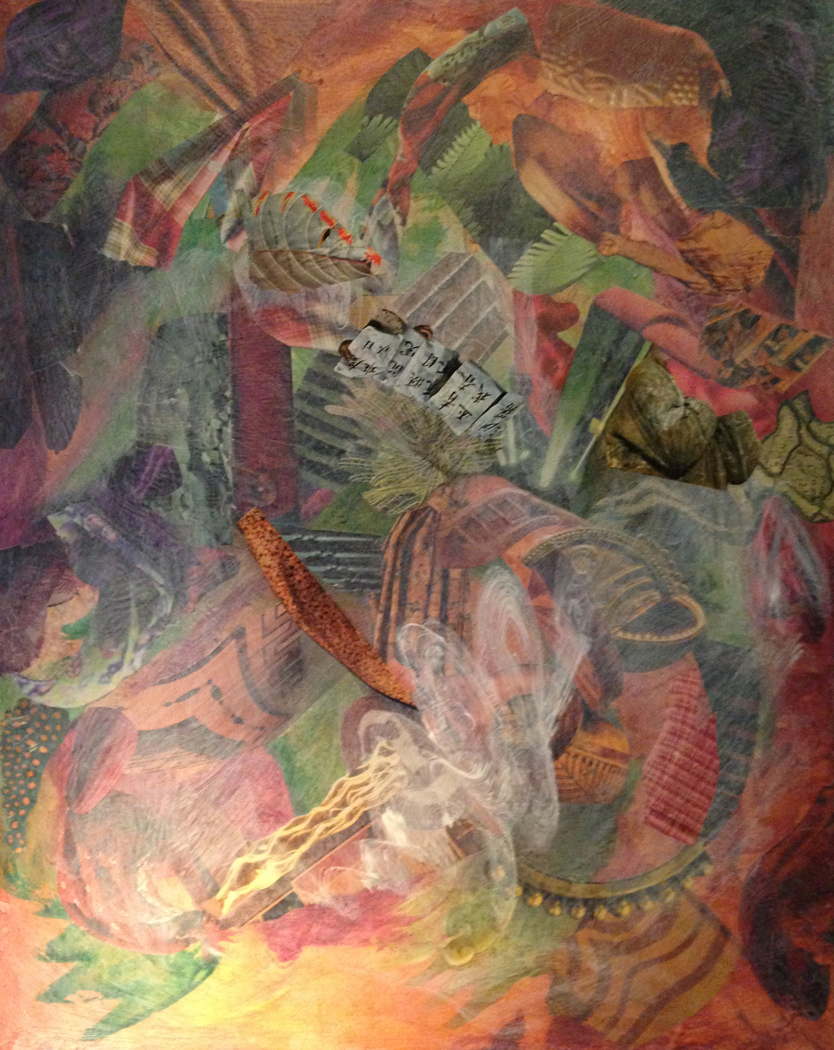
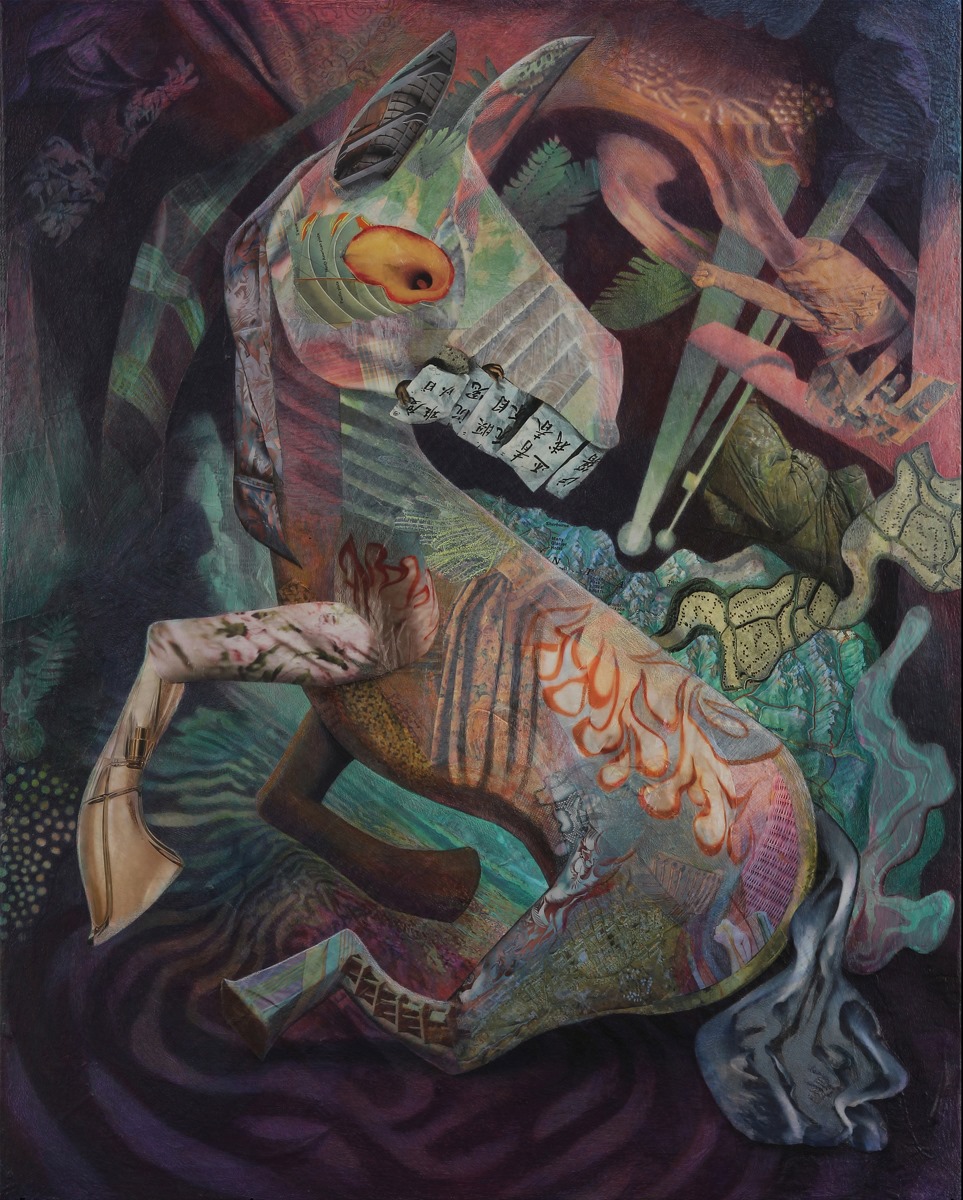
Follow David Ball.



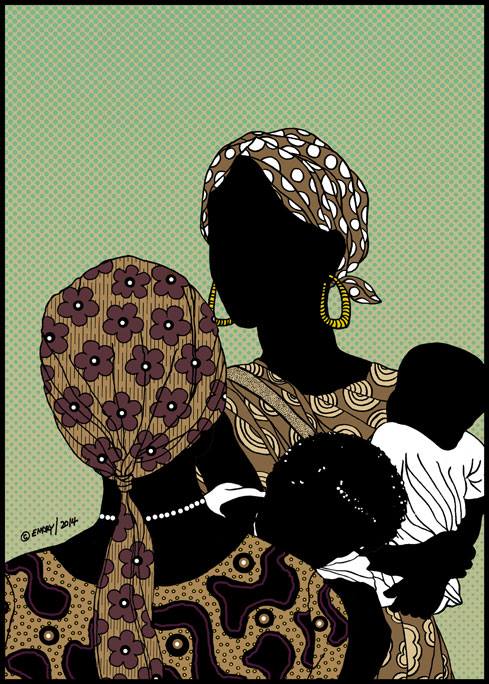
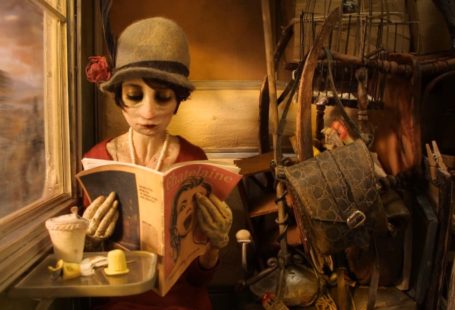


Socials